
Accuracy is Yes or No
Rob PincusIn target shooting endeavors, “accuracy” has traditionally been viewed on a scale… a shot closer to the center of your target area has been considered “more accurate” than one near the edge. In defensive shooting, accuracy should be seen as a “yes” or “no” proposition: Either the bullet hit your intended target or it did not. If it did not, you can try to determine why, fix the problem and try again. If it did hit the target area, then you have achieved your goal. In defensive shooting, it is much more important to achieve your goal (i.e. hitting your target area) as quickly as possible than it is to obsess over hitting the center of your target area. Of course, defining your target area appropriately is important to the process as well. If you define your target area as an area the size of the center of the typical human chest, you are in the right ballpark for defensive shooting. When you shoot, if you hit that area, you are “accurate”… at that point, improving your skill means getting hits faster, with less effort, not hitting a smaller area.
Share tips, start a discussion or ask one of our experts or other students a question.
Already a member? Sign in
3 Responses to “Accuracy is Yes or No”
Explore videos by Rob Pincus
You may be interested in
Premium Membership
Unlock exclusive member content from our industry experts.
- 24/7 Access to Premium Personal Defense and Firearm Training Videos and Drills
- Step-by-Step Instructional Demos and Guides
- 50% Off Video Downloads Purchased in the Personal Defense Network Shop
- Access to Ask the Expert Program
Unlock exclusive member content from our industry experts.
- 24/7 Access to Premium Personal Defense and Firearm Training Videos and Drills
- Step-by-Step Instructional Demos and Guides
- 2 Full-Length Video Downloads to Watch Offline
- 50% Off Video Downloads Purchased in the Personal Defense Network Shop
- Access to Ask the Expert Program
Gold Membership
$340 Value
Get everything included in Premium plus exclusive Gold Membership benefits.
- 24/7 Access to Premium Personal Defense and Firearm Training Videos and Drills
- Step-by-Step Instructional Demos and Guides
- 9 Full-Length Video Downloads to Watch Offline
- 2 Full-Length Personal Defense Classes to Keep for Life
- 2 In-Depth Skill Development Presentations
- Discounts on Purchase-to-Own Content in the Personal Defense Network Shop
- Access to Ask the Expert Program
- Exclusive GOLD LIVE Streaming Events
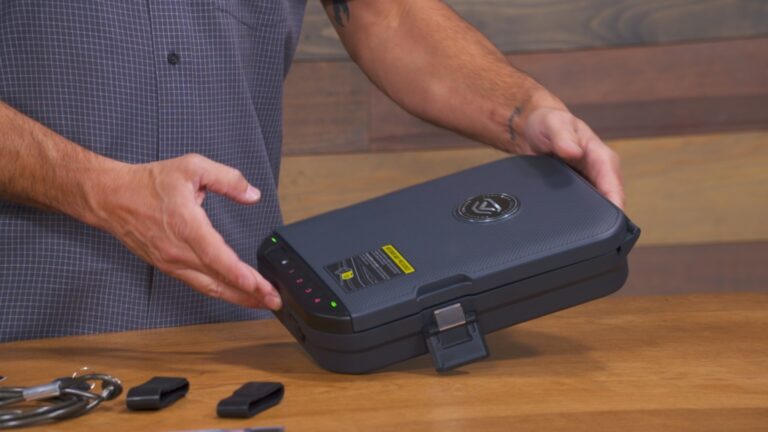
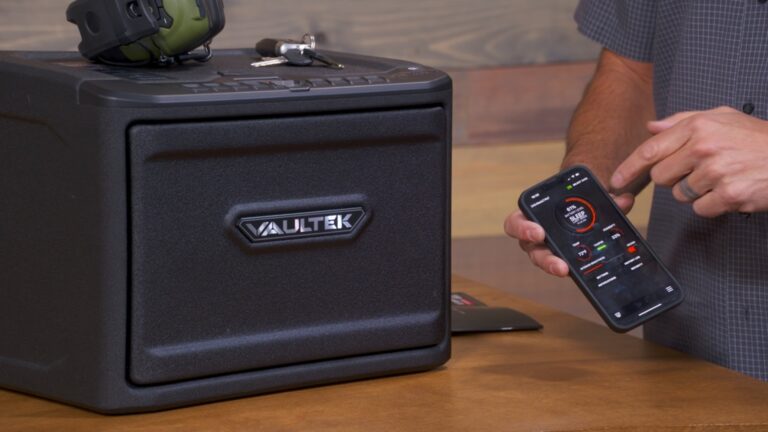
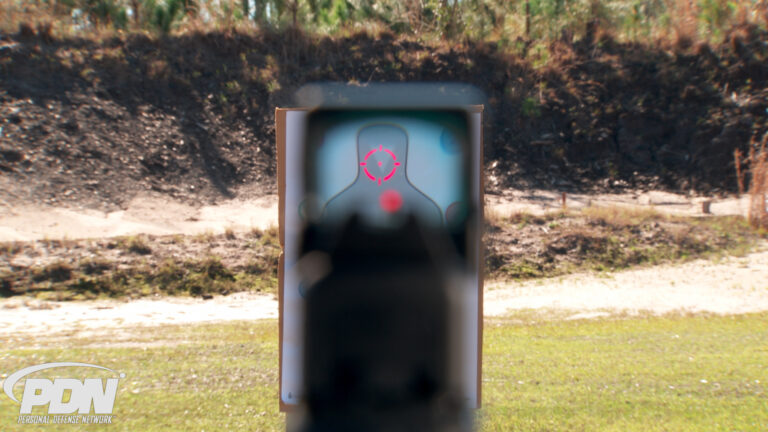
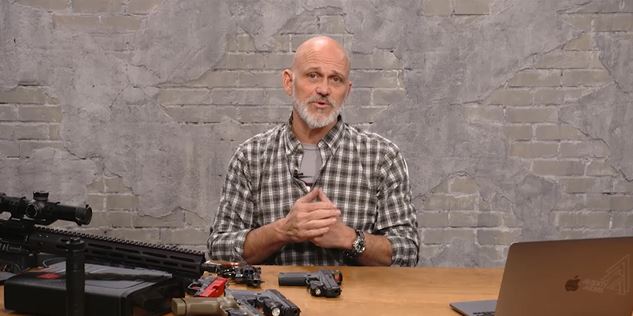
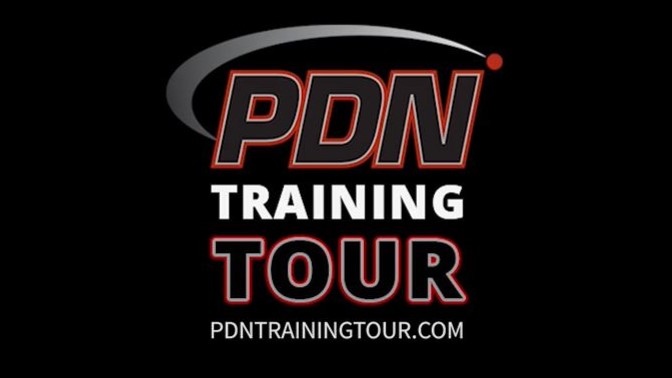

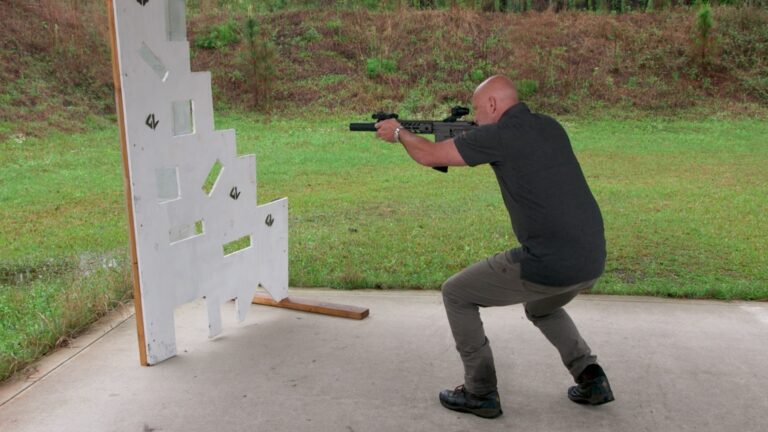
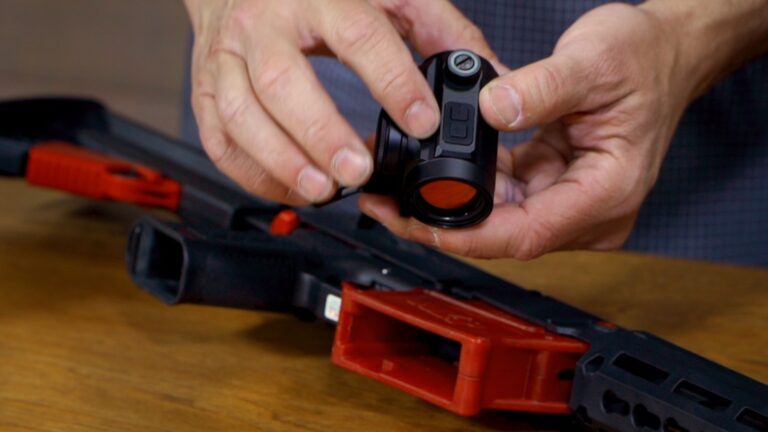
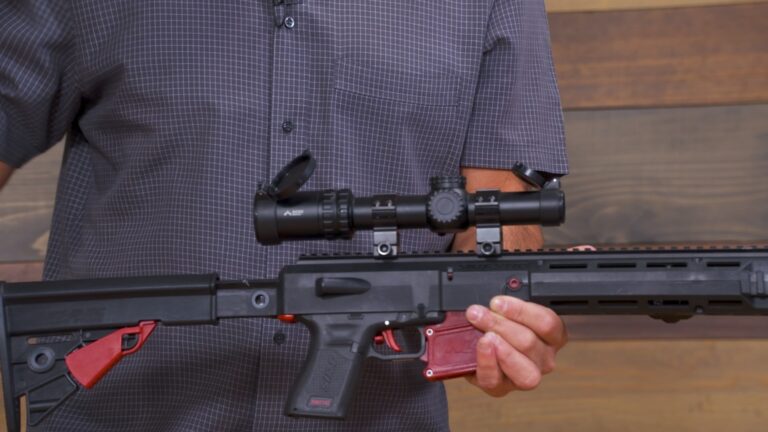
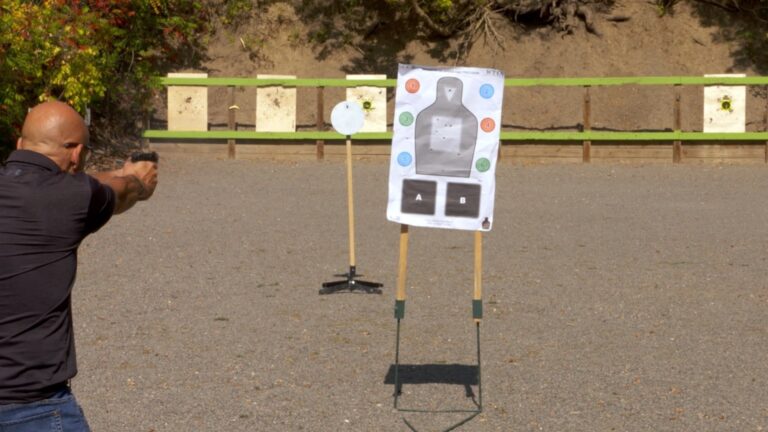
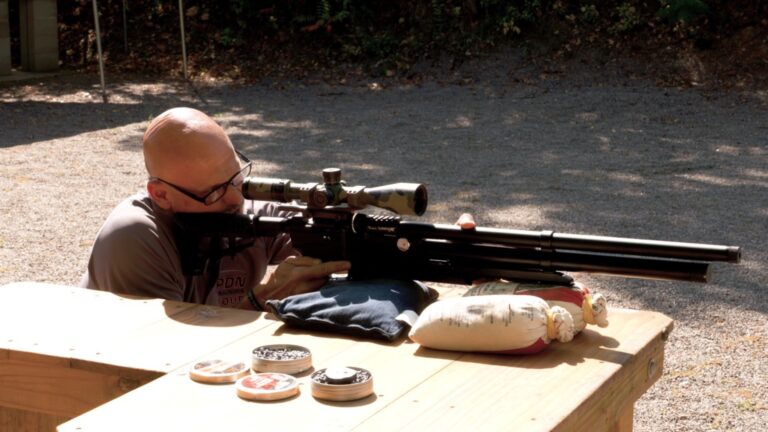
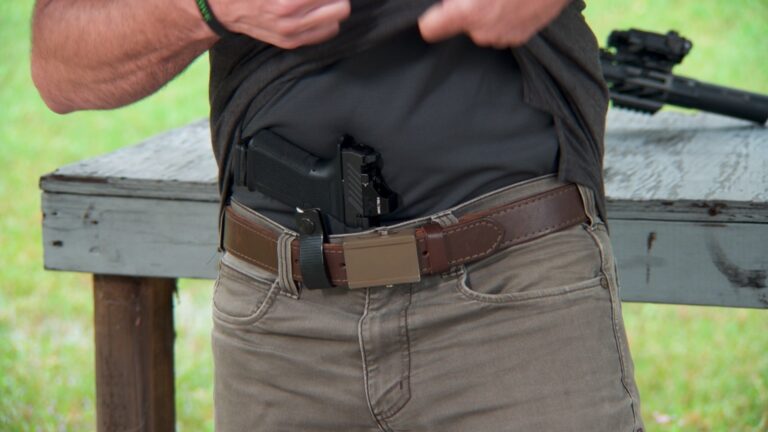
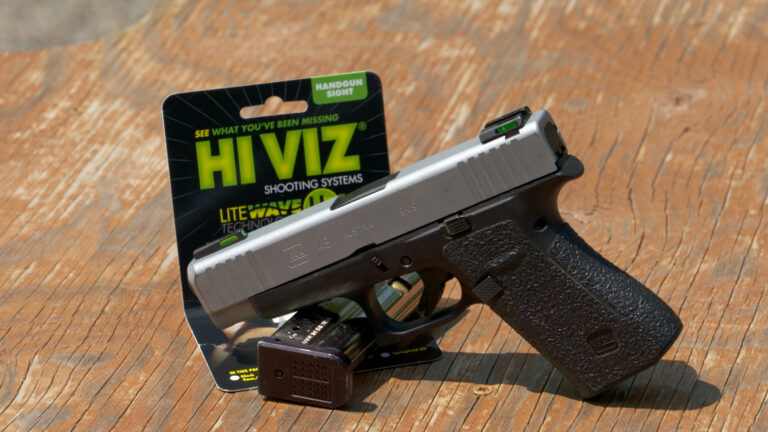
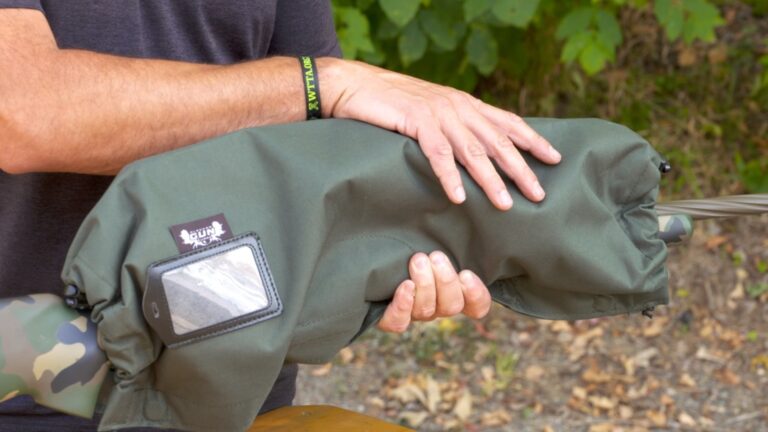
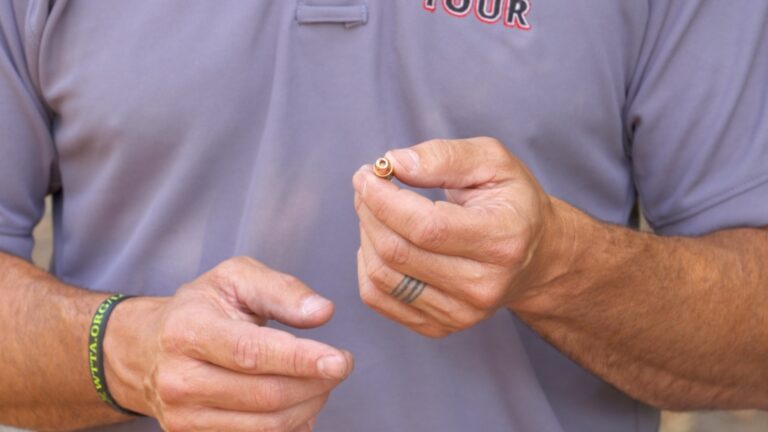

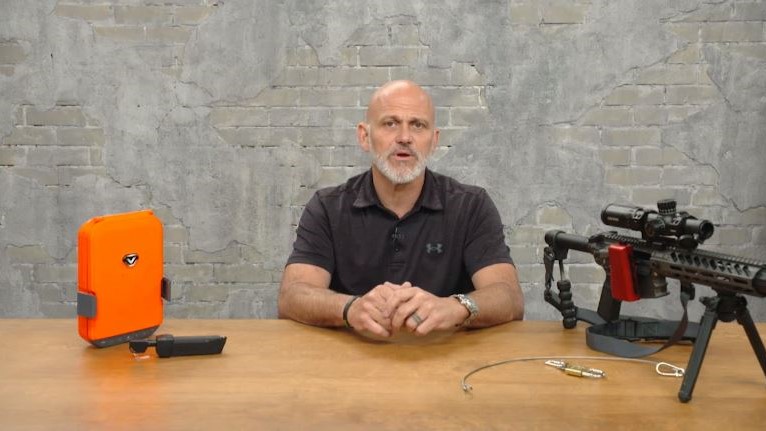

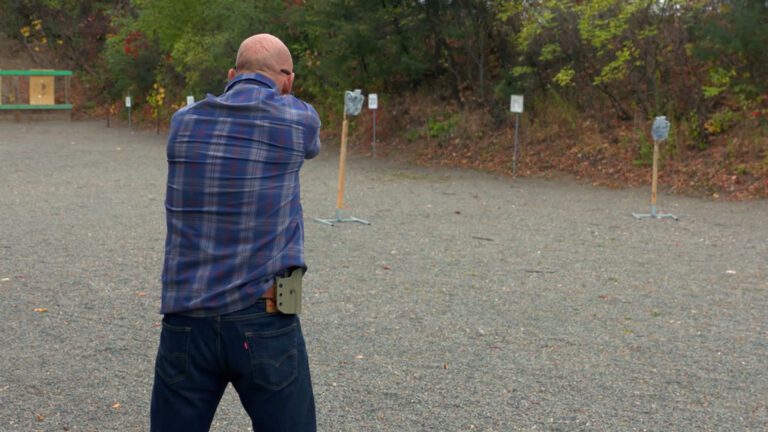
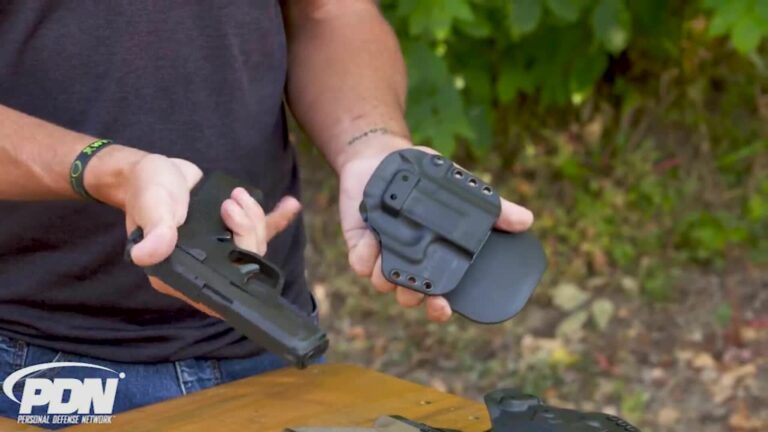
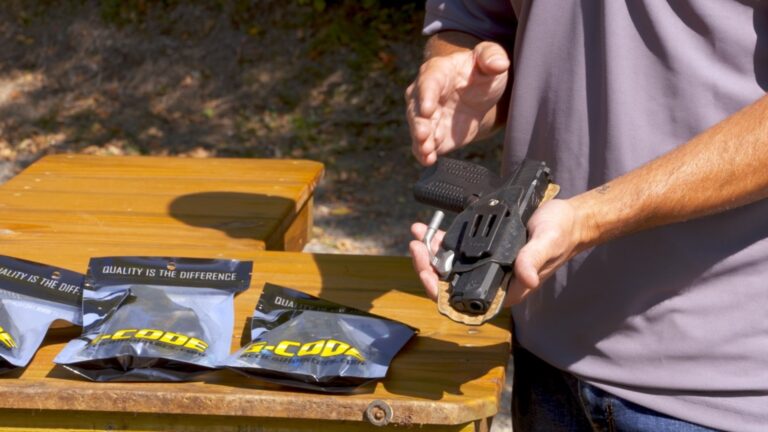
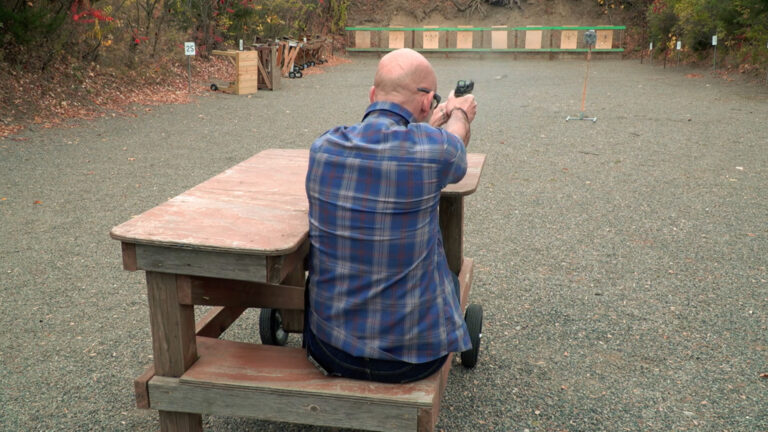
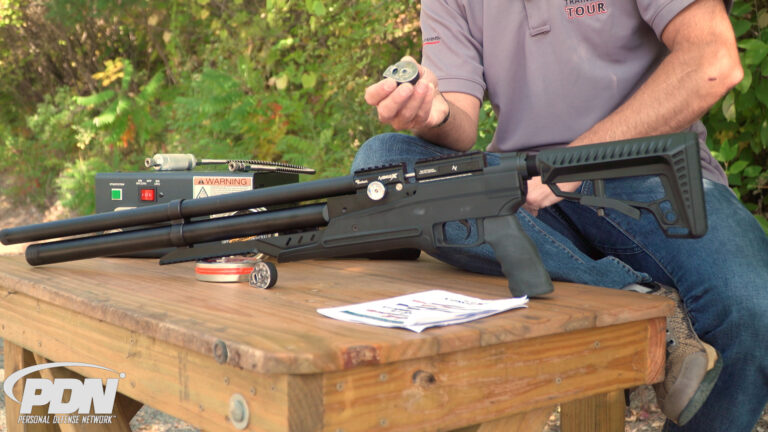
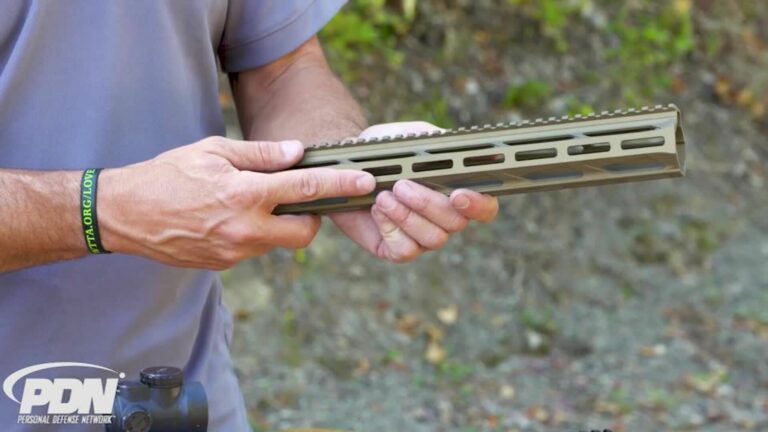
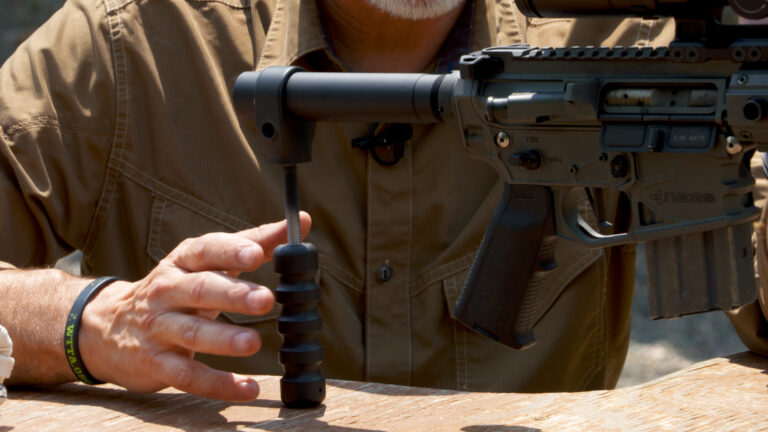
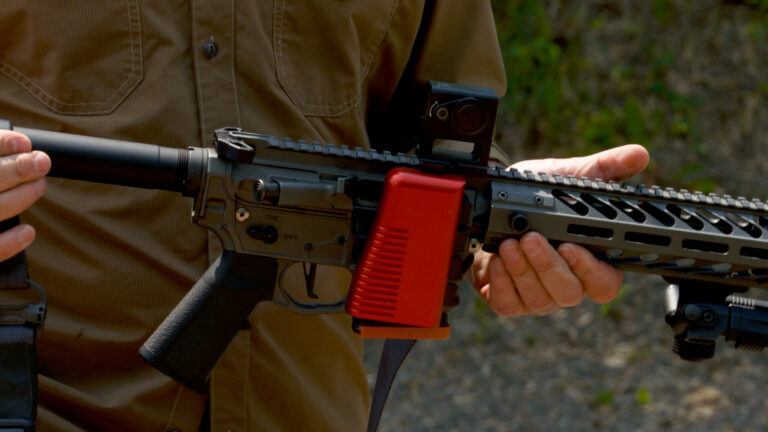


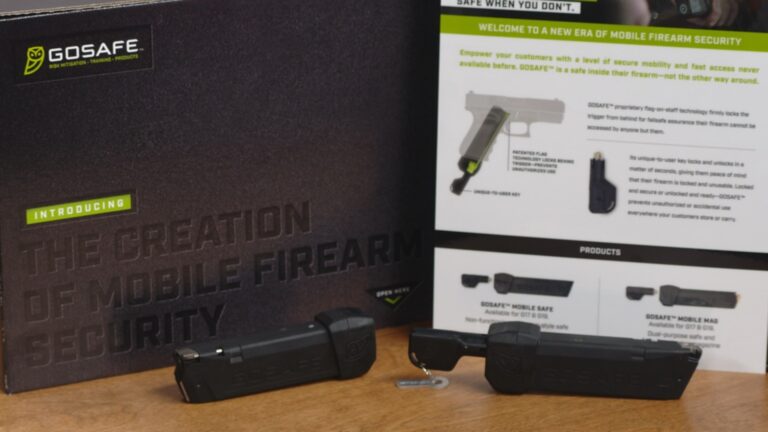
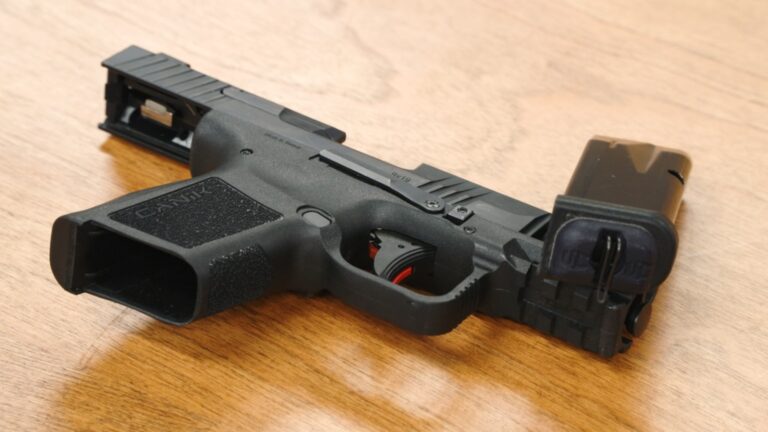
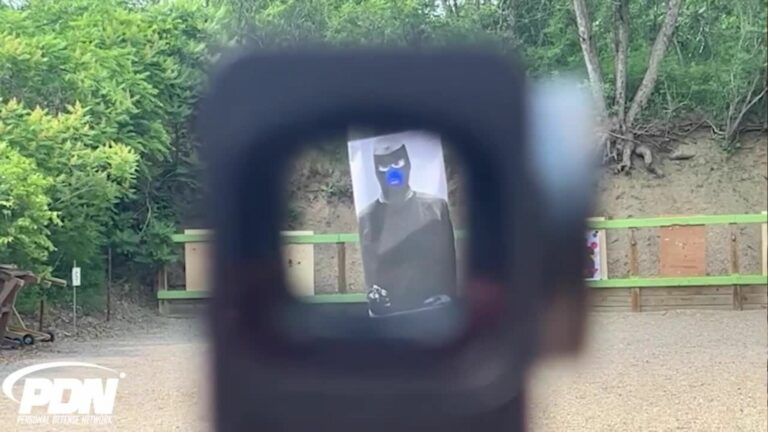
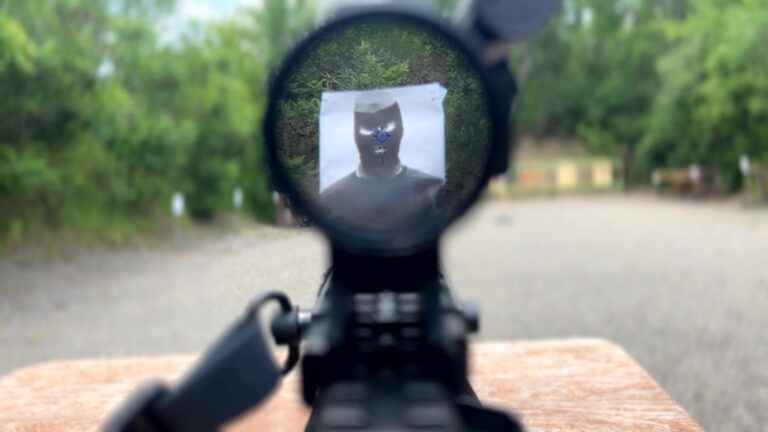
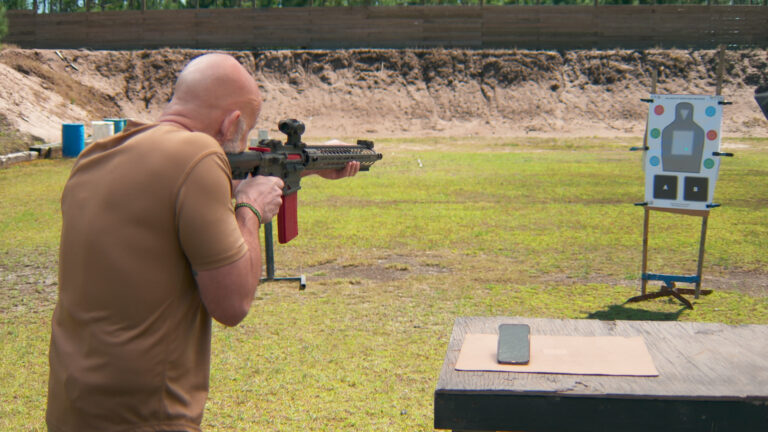

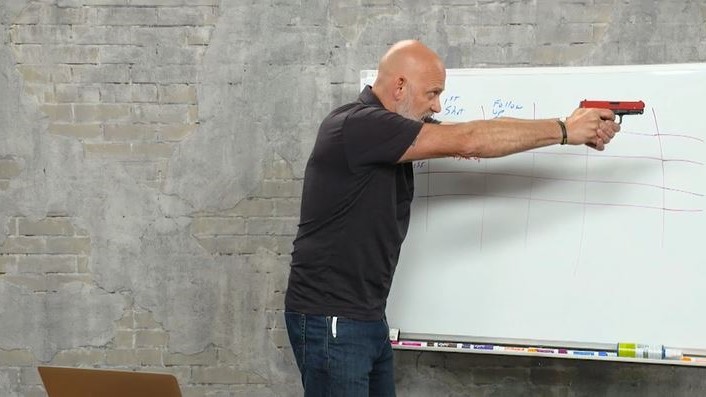
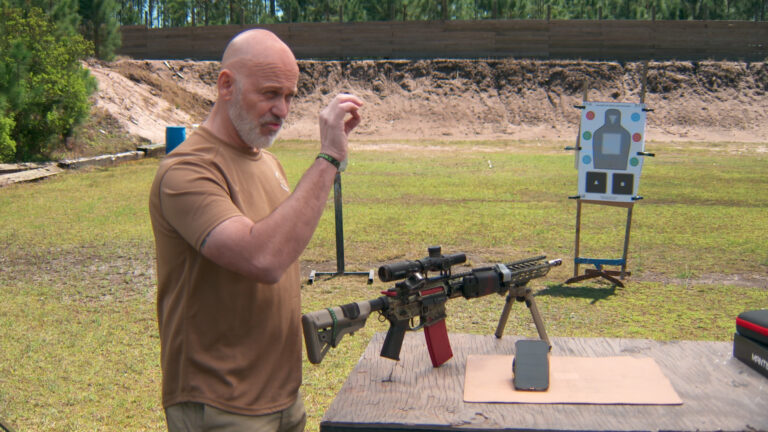
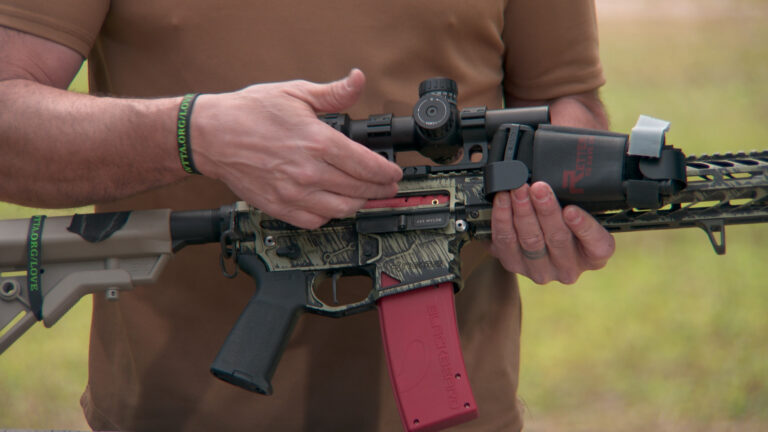

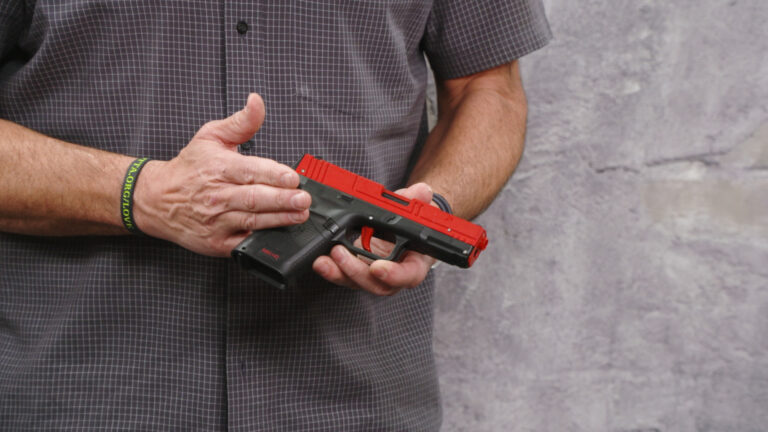
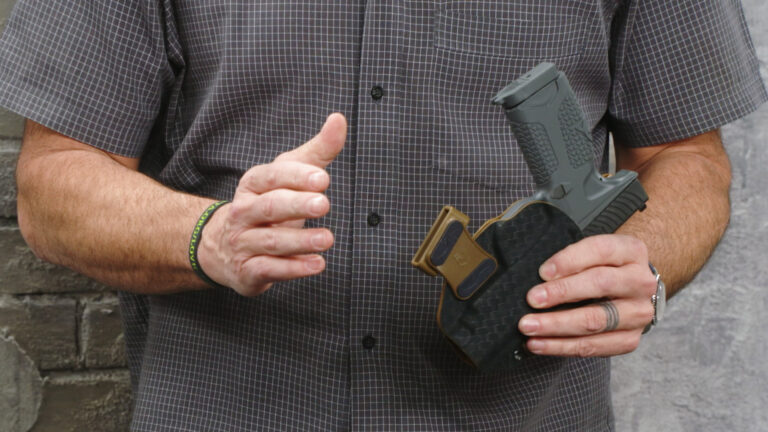
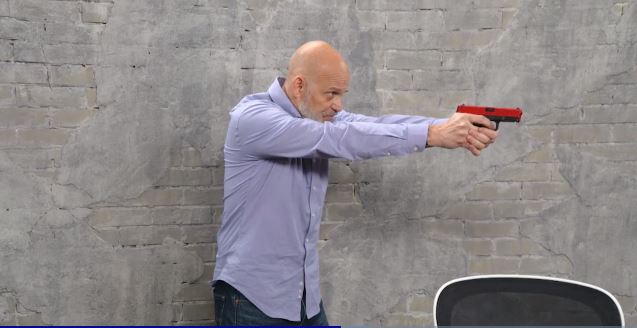
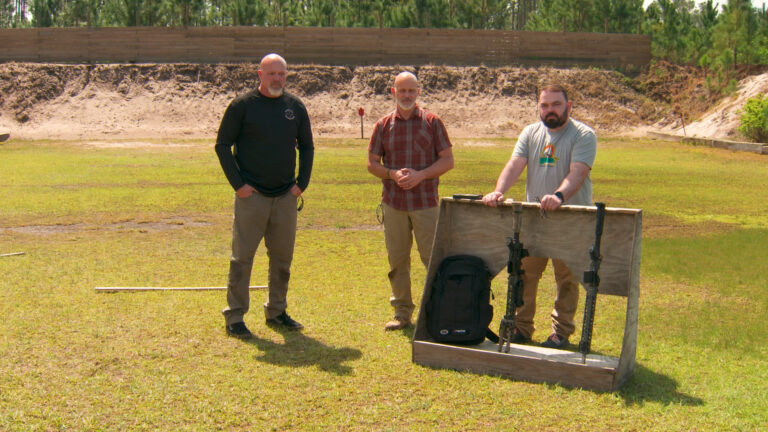
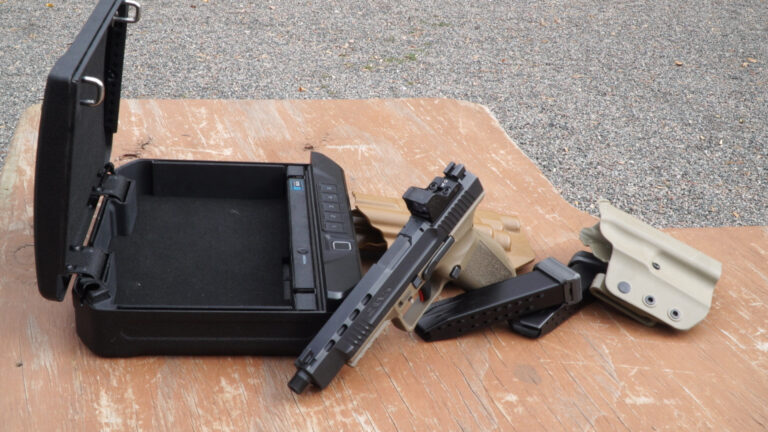

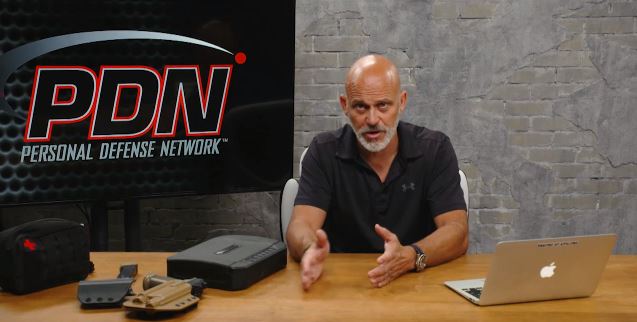
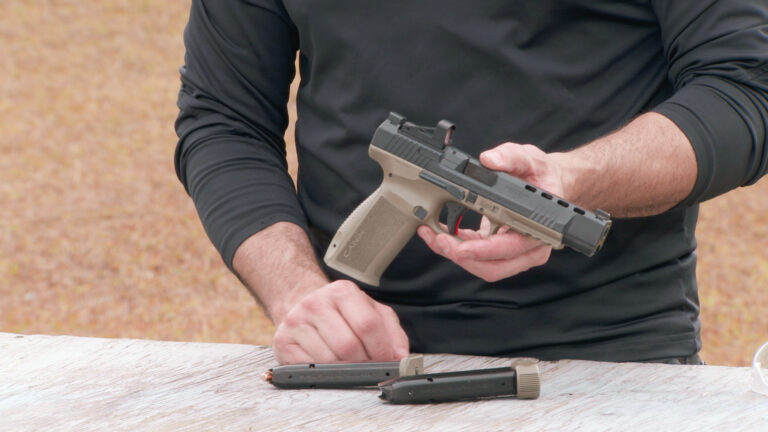
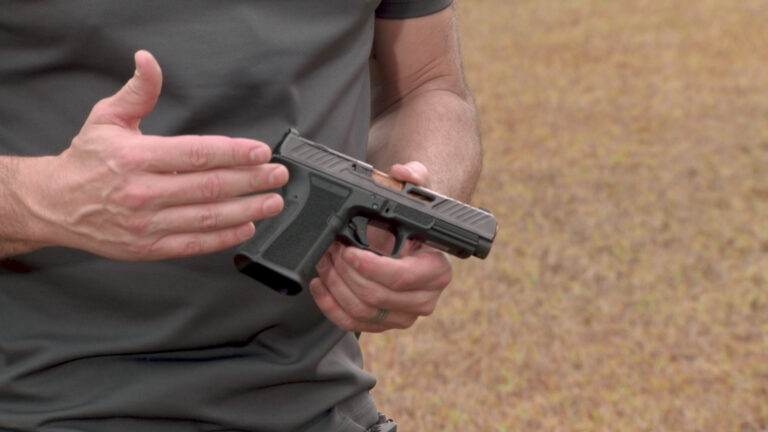
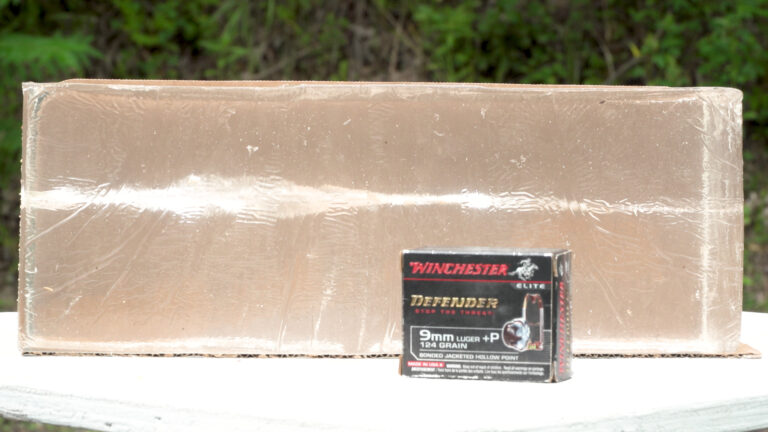
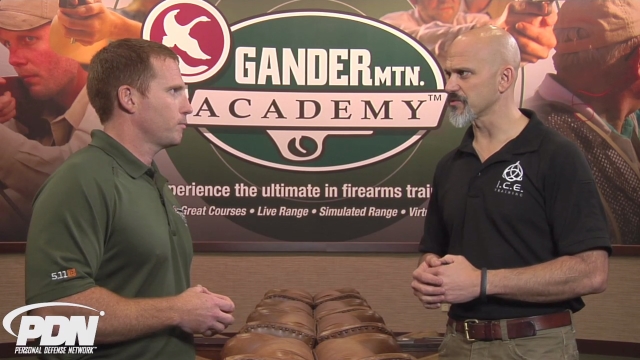

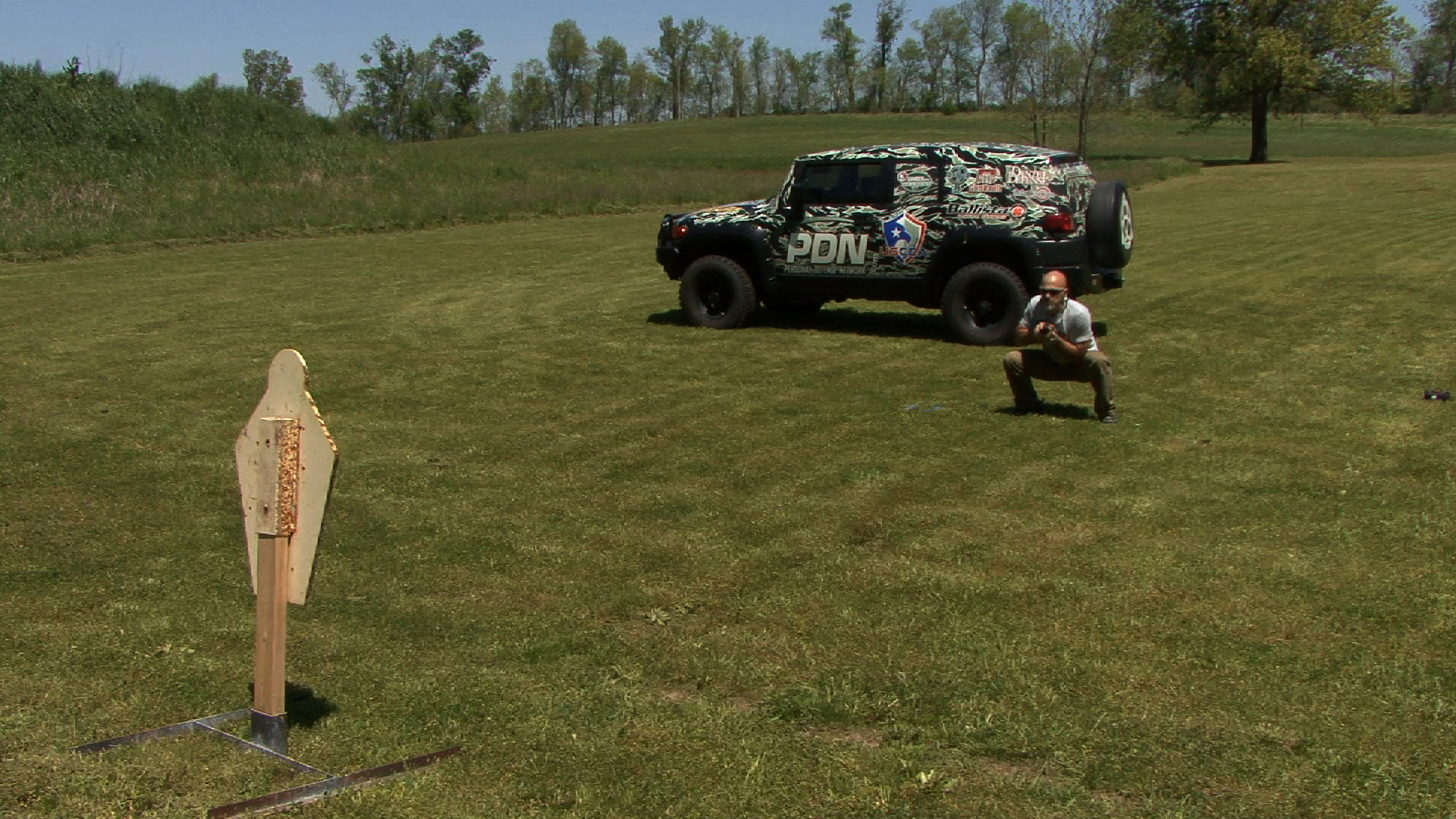
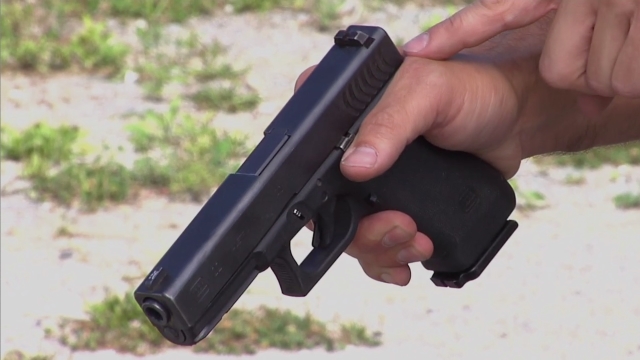
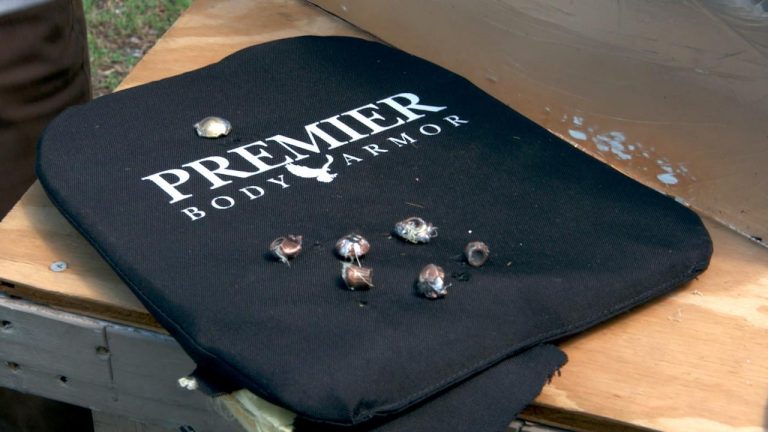
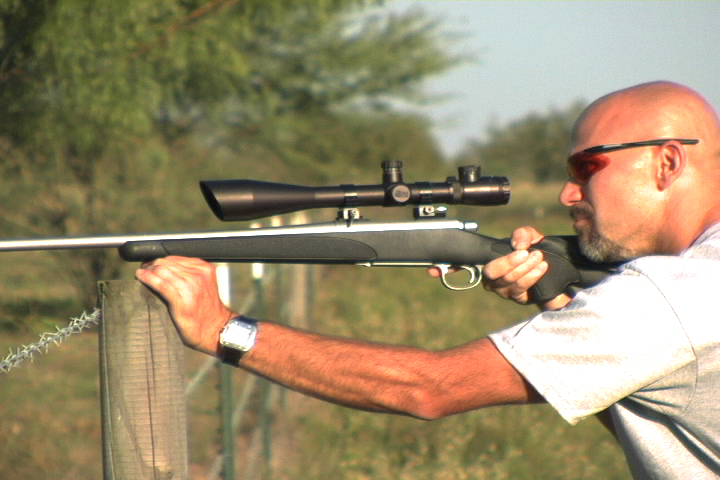
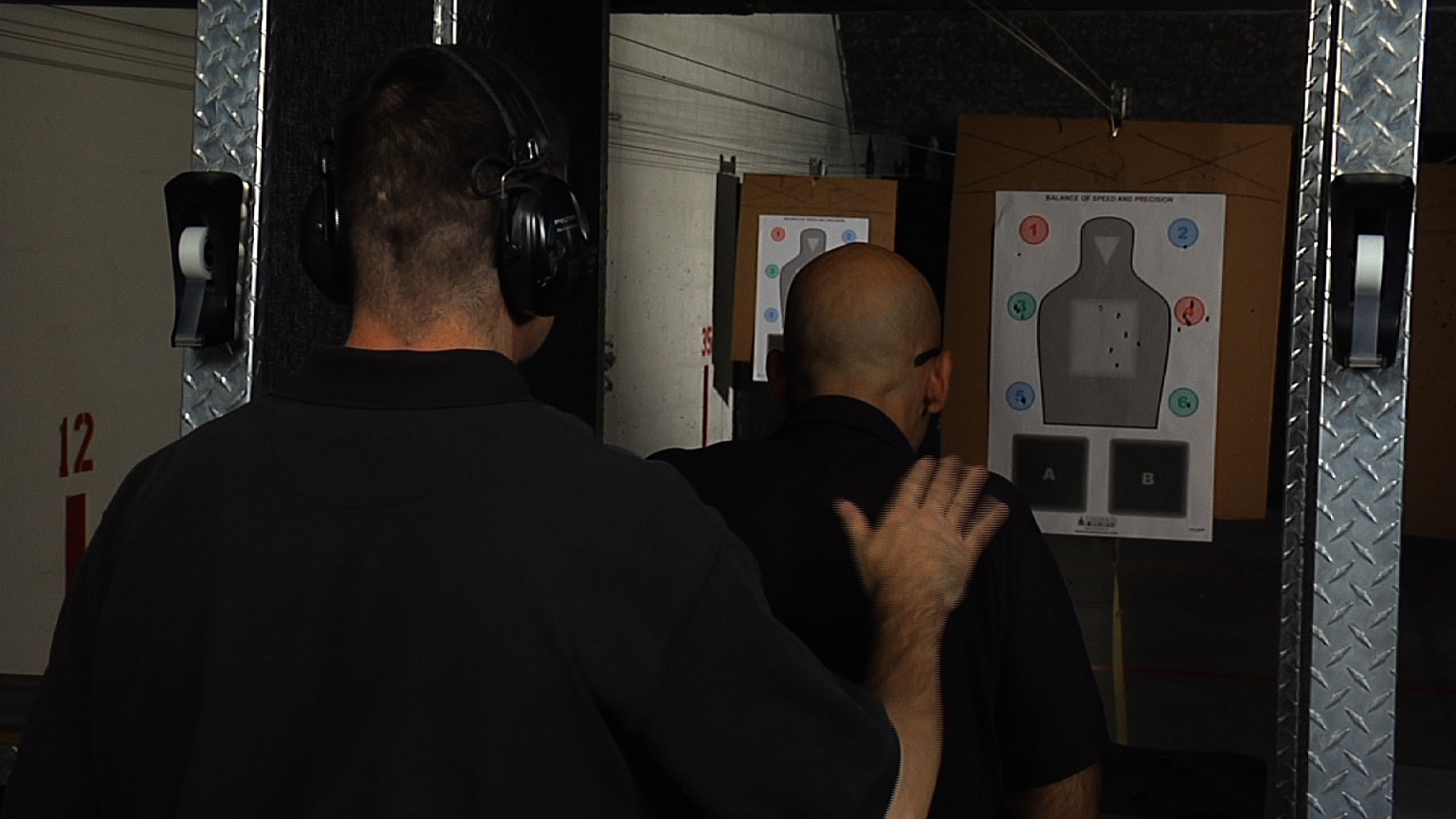
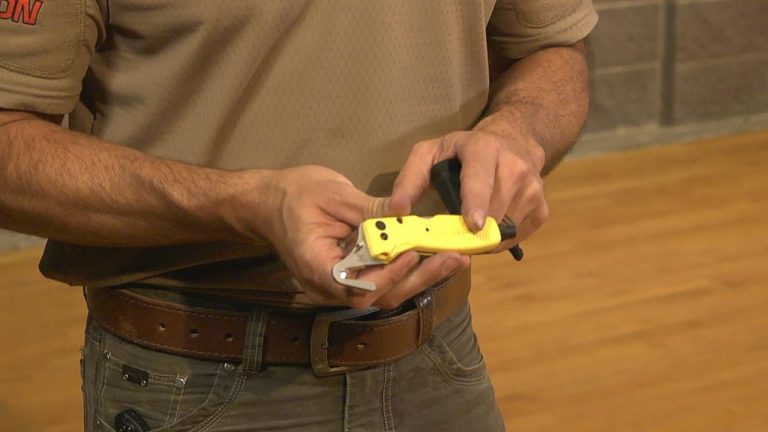
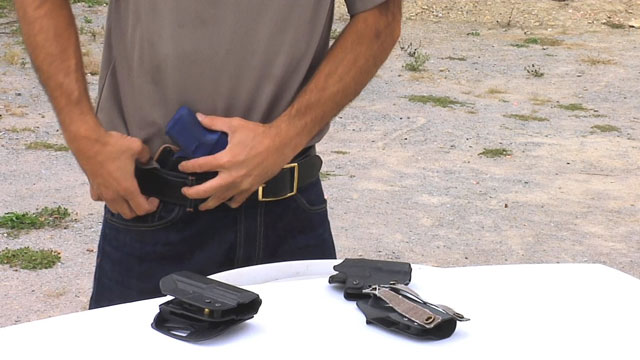
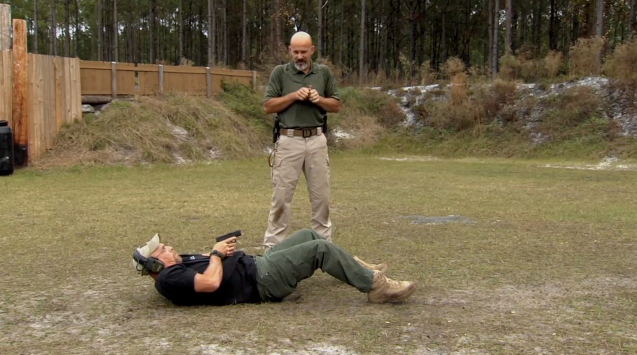
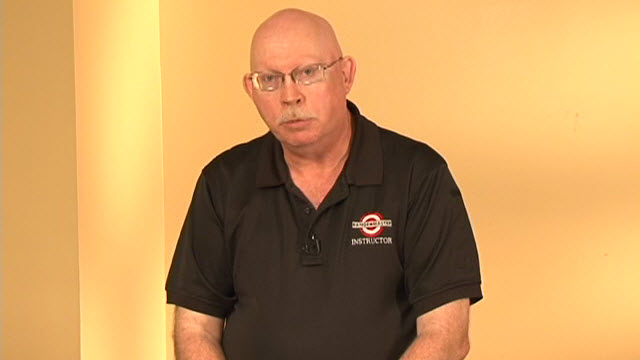

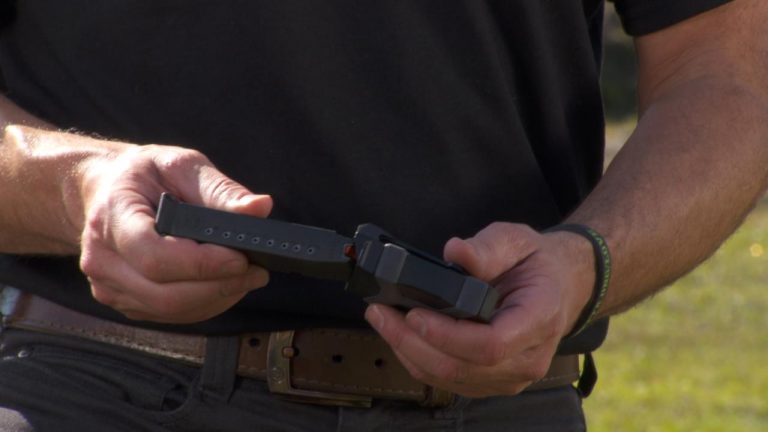
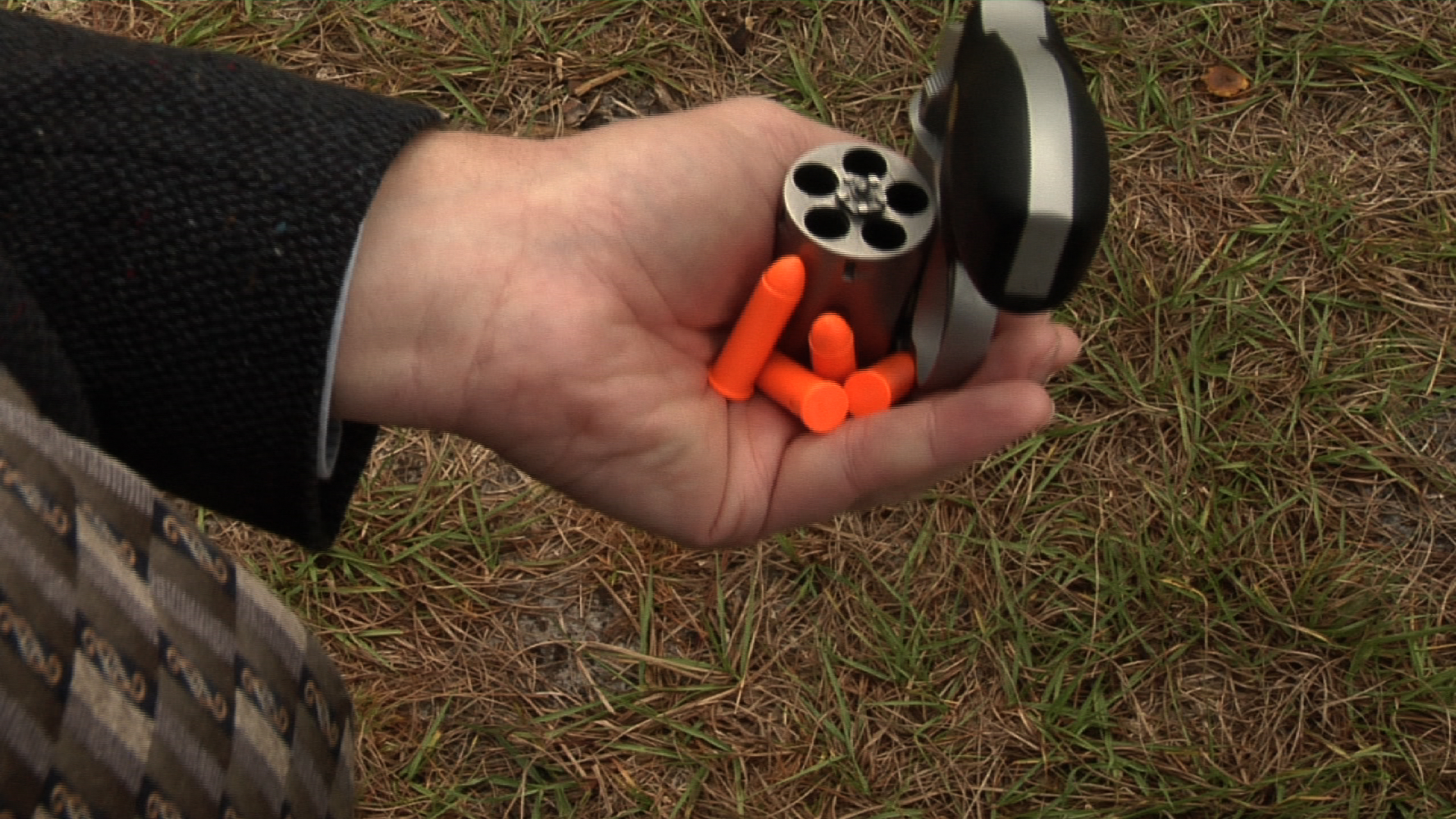
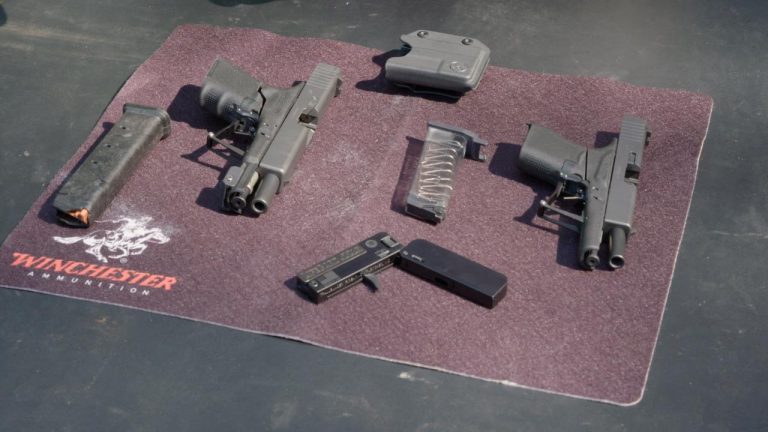
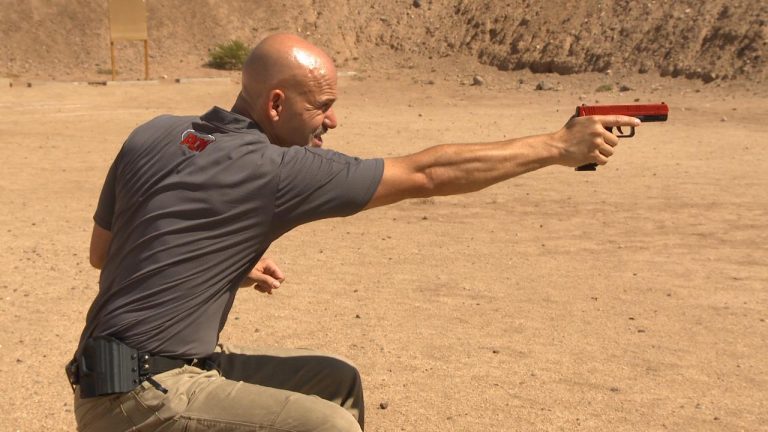
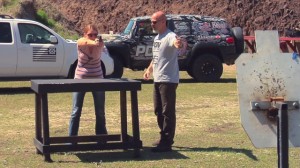
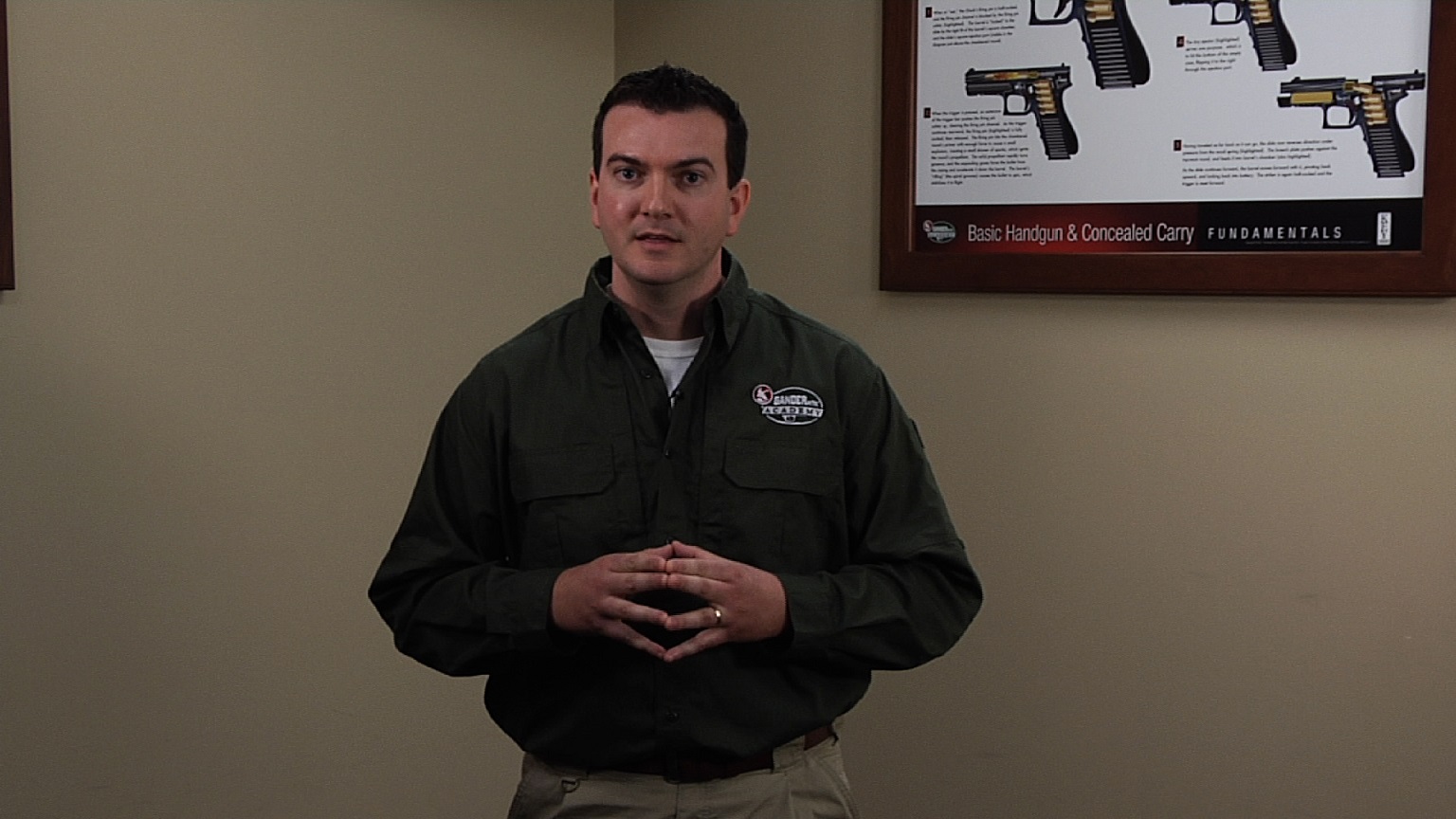
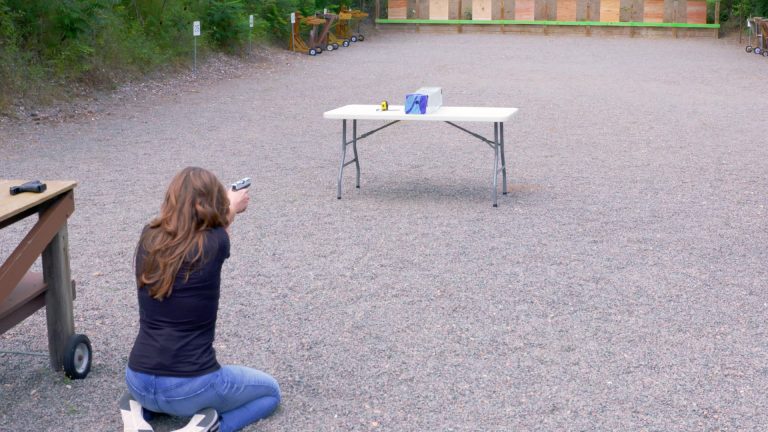
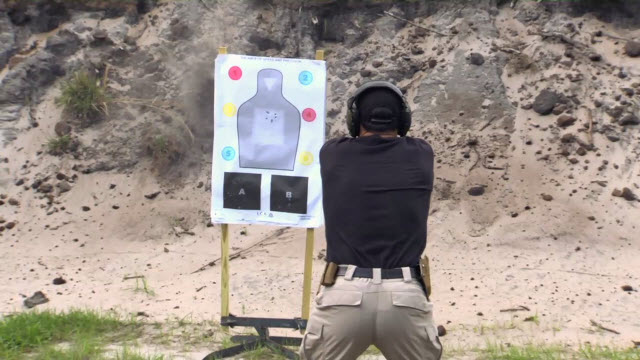

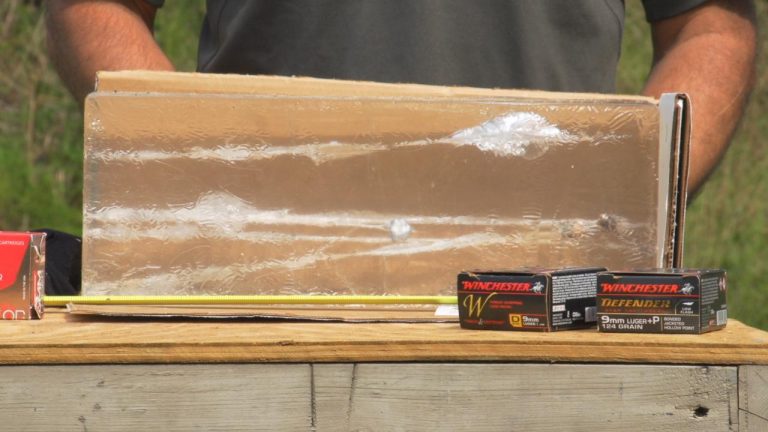
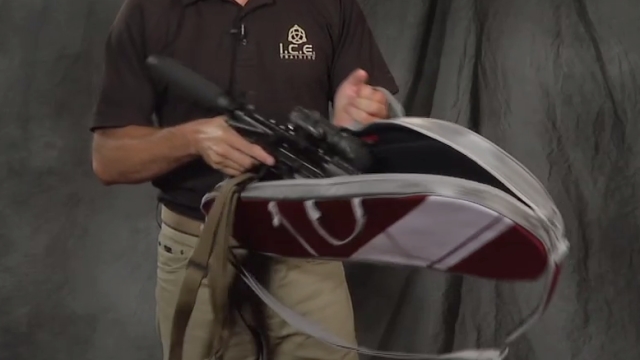
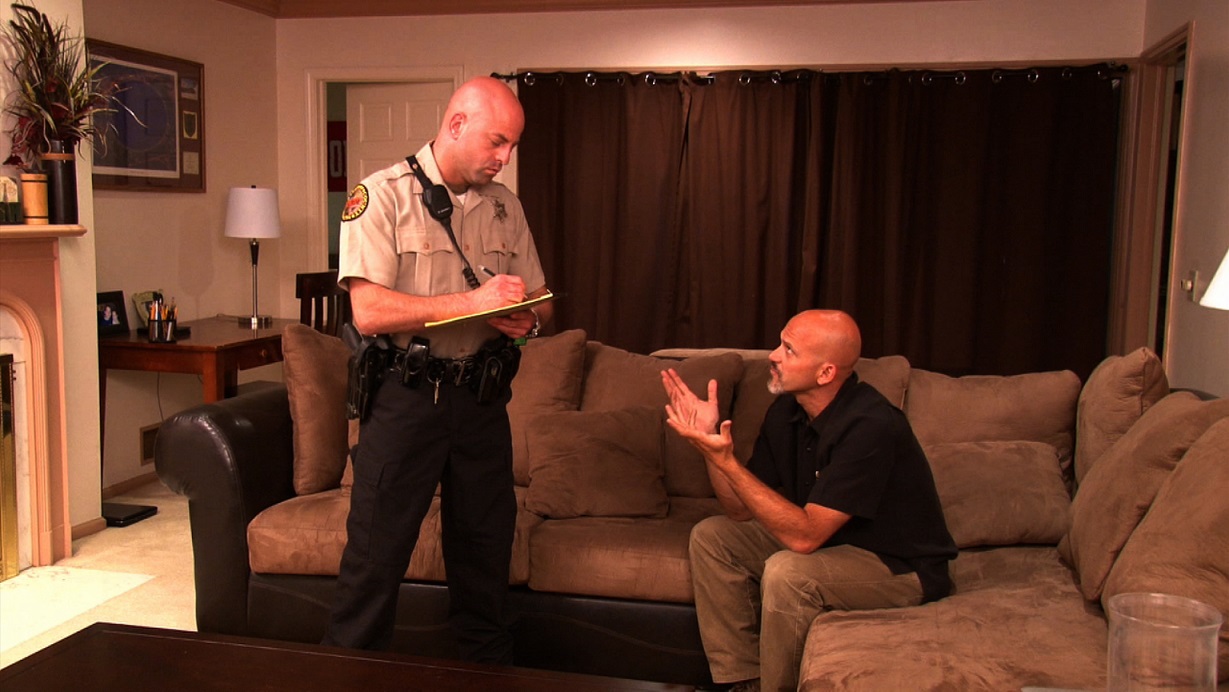
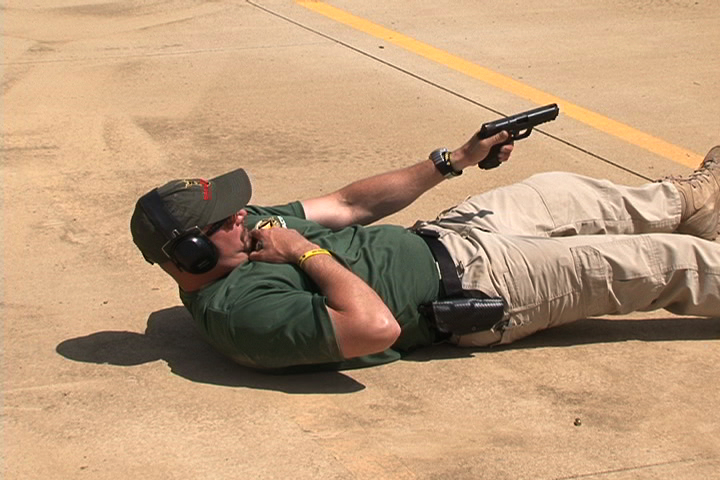
This is why I love shooting at steel targets, it really is yes or no with an audible notification. Just order or make them your preferred size and go. I have seen people struggle with paper by focusing to much on the sights and then do really well after we move to steel.
Yeah I see it, accuracy is dependent on what you are trying to do. Byran P makes a good point. We always care how people are viewing us. Well I will make that a goal also, to not care at the indoor shooting range what someone else is doing, just me and what I am trying to accomplish.
This is something I find myself struggling with when I go to the range. Even though my shots are more than combat accurate, I feel myself getting frustrated because they aren't all in the requisite X/Center. Then the more frustrated I get, the more my fundamentals suffer. This is why I do not care for indoor shooting ranges with lanes. I inevitably start looking at how other people are shooting and comparing my target against theirs for that "perfect center" accuracy.